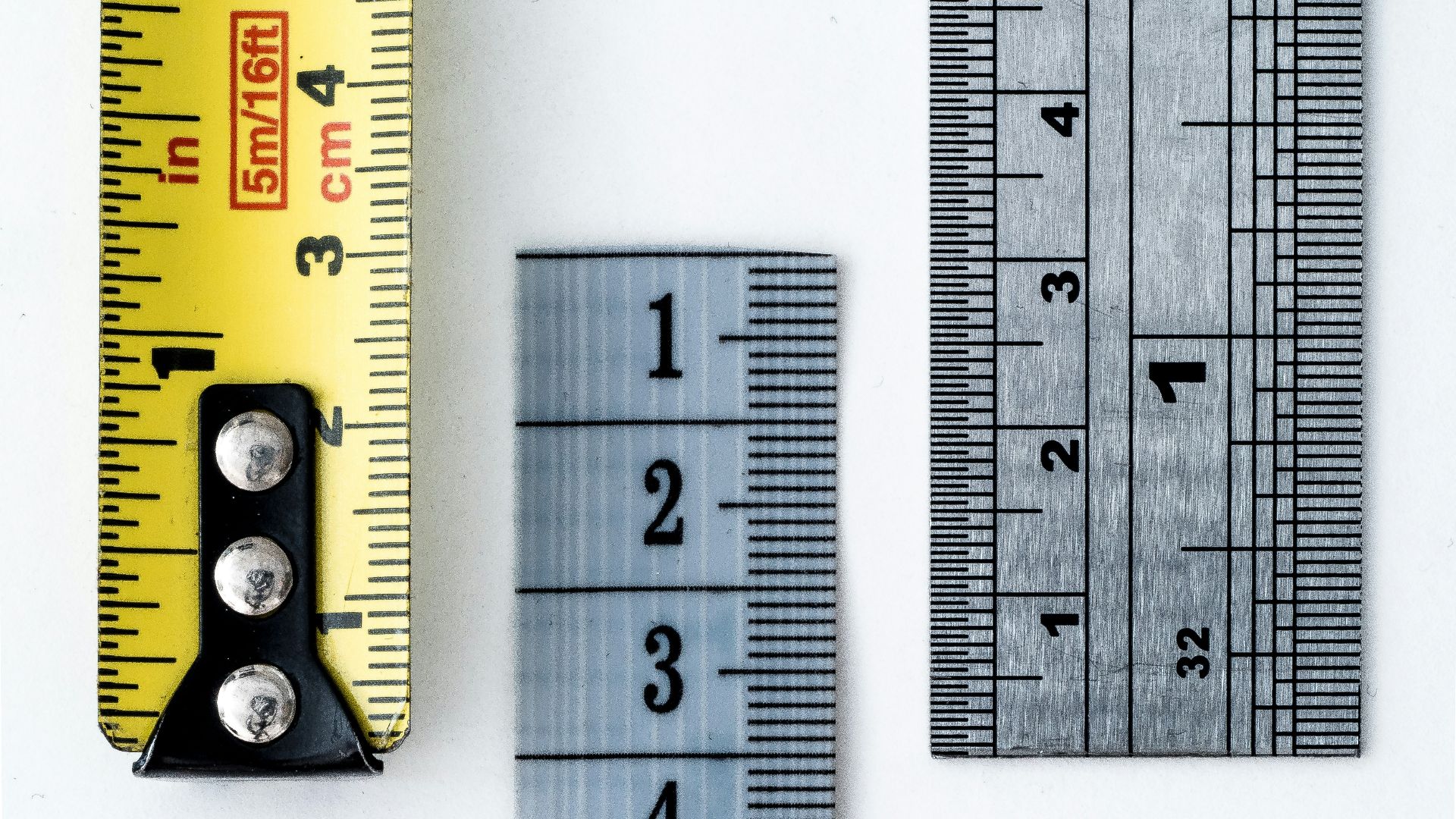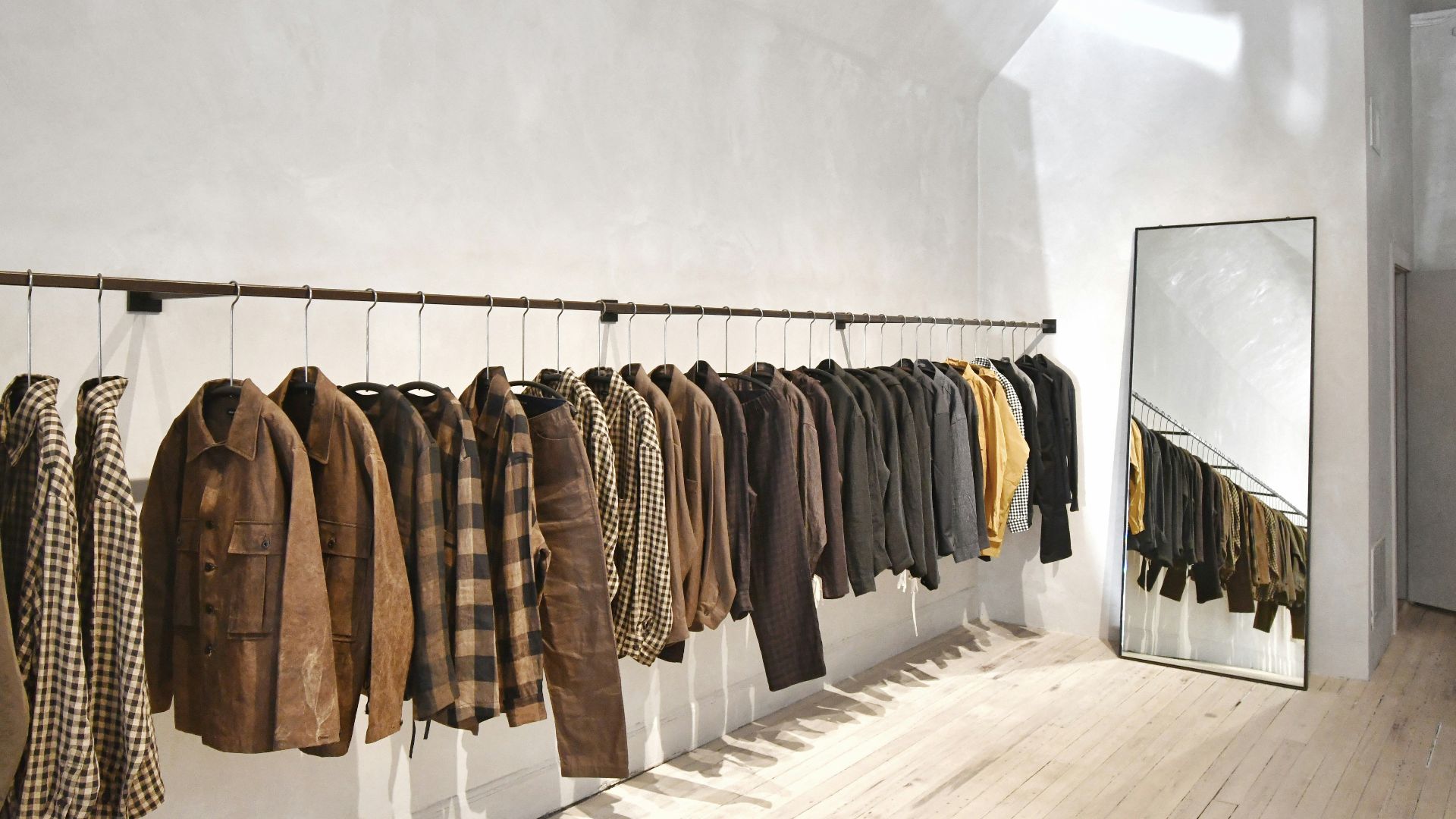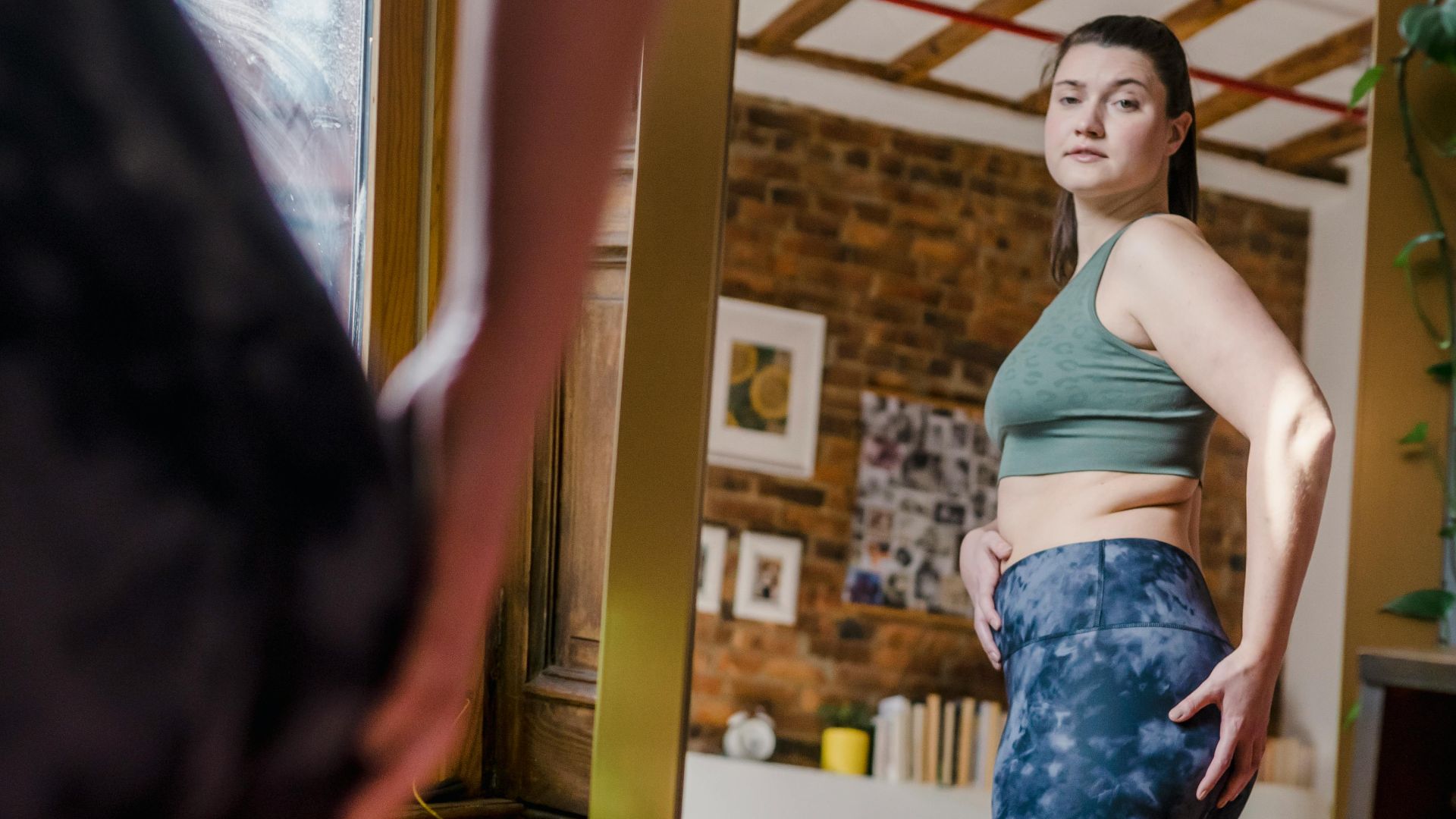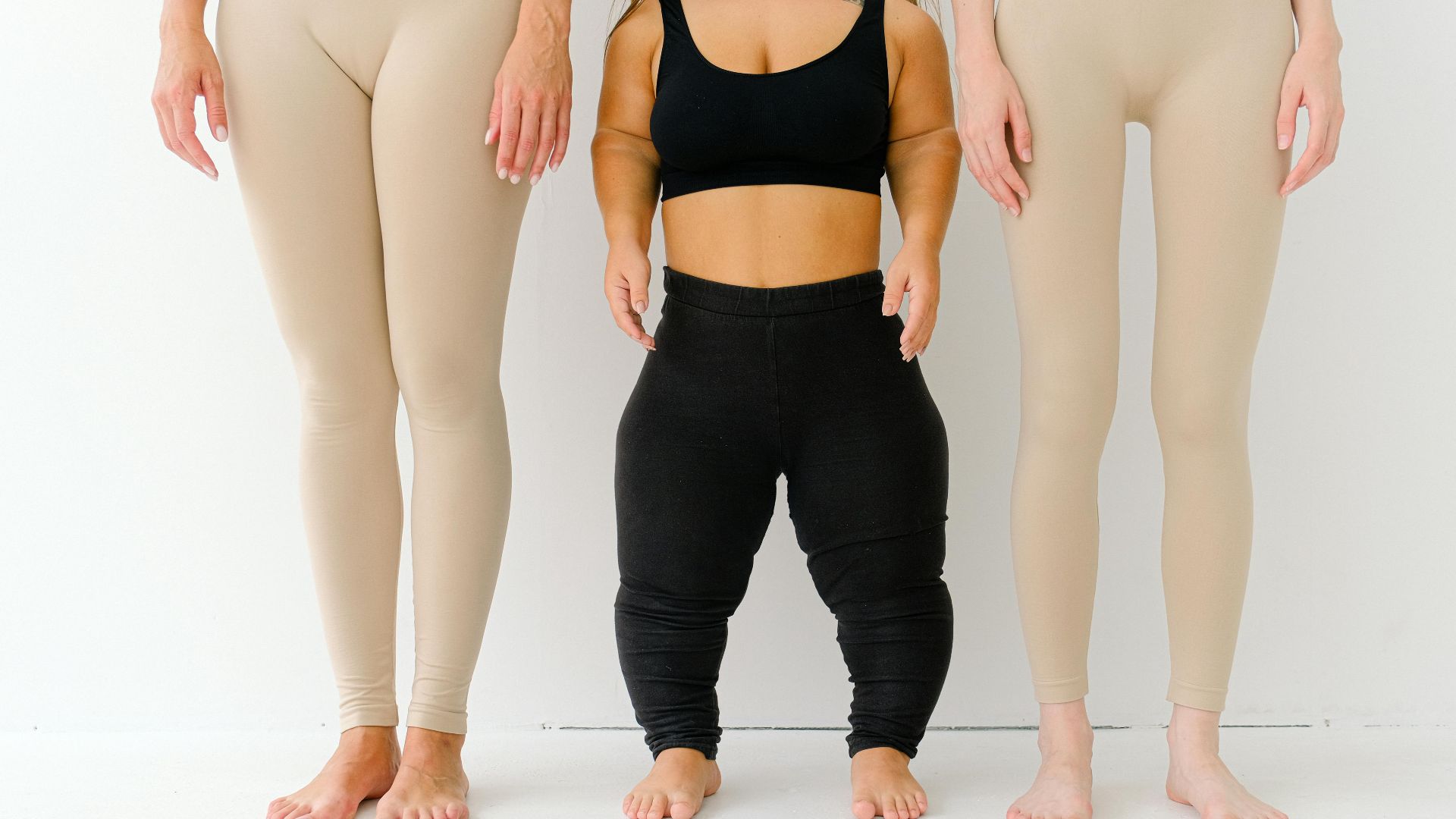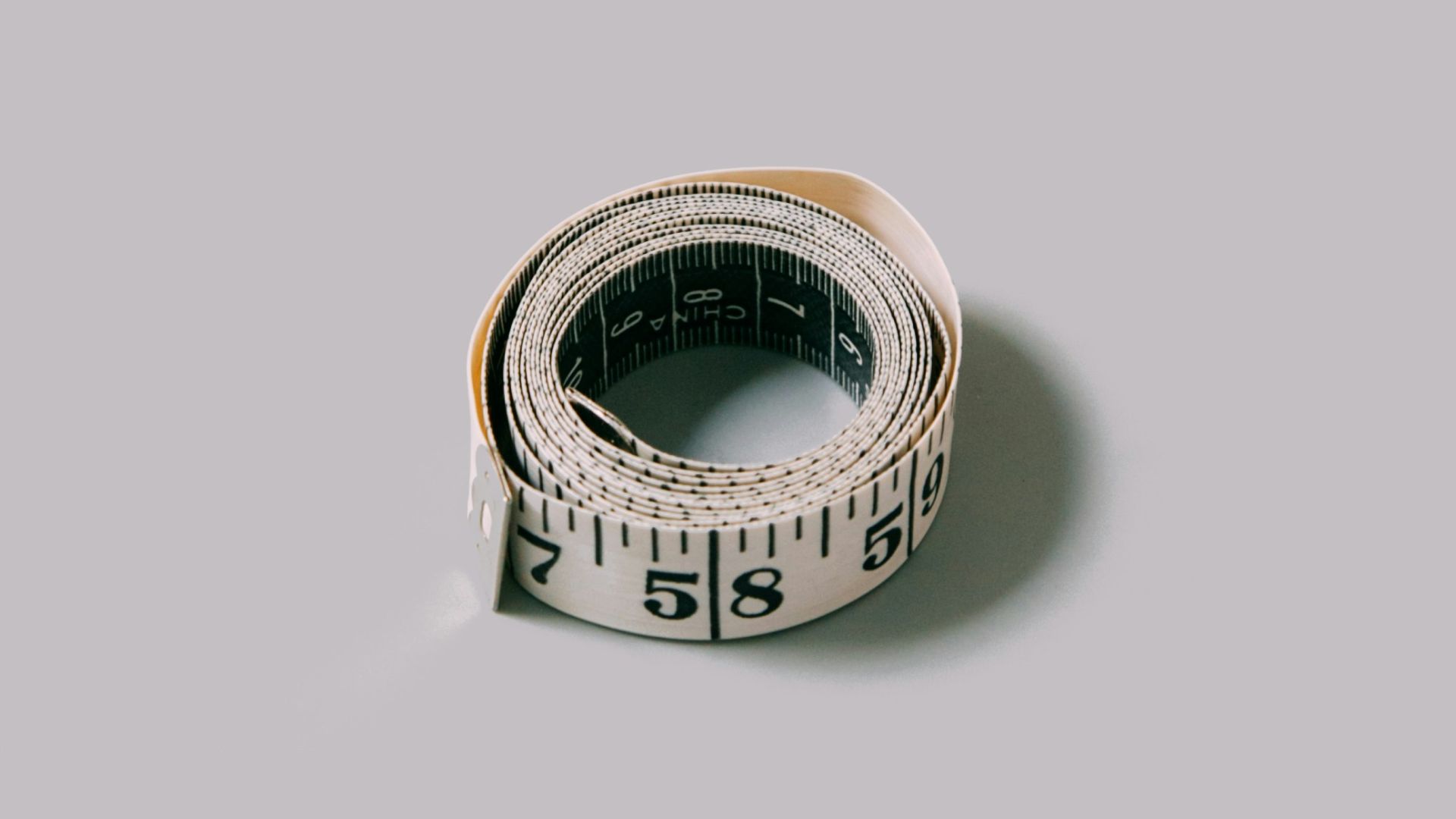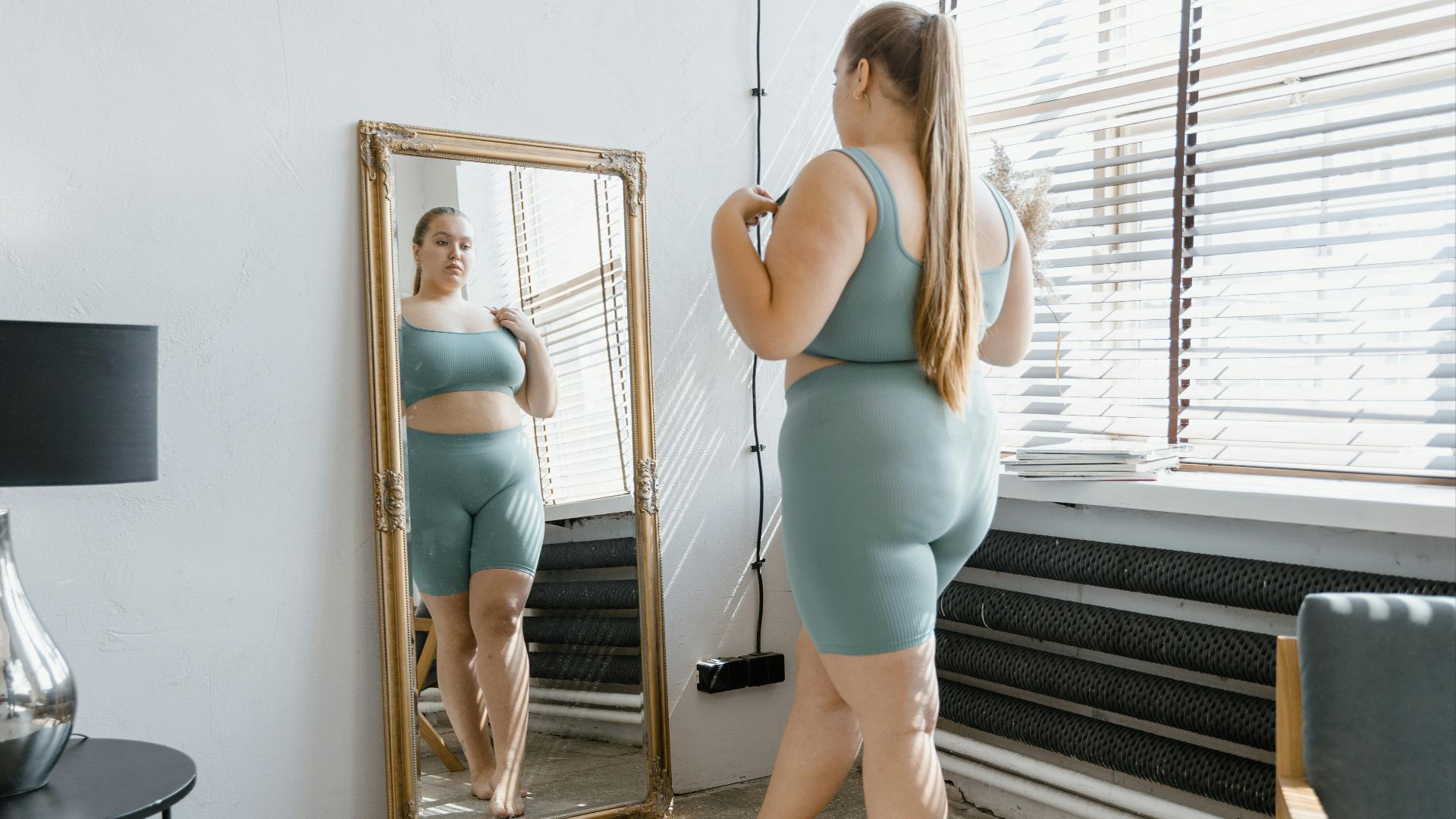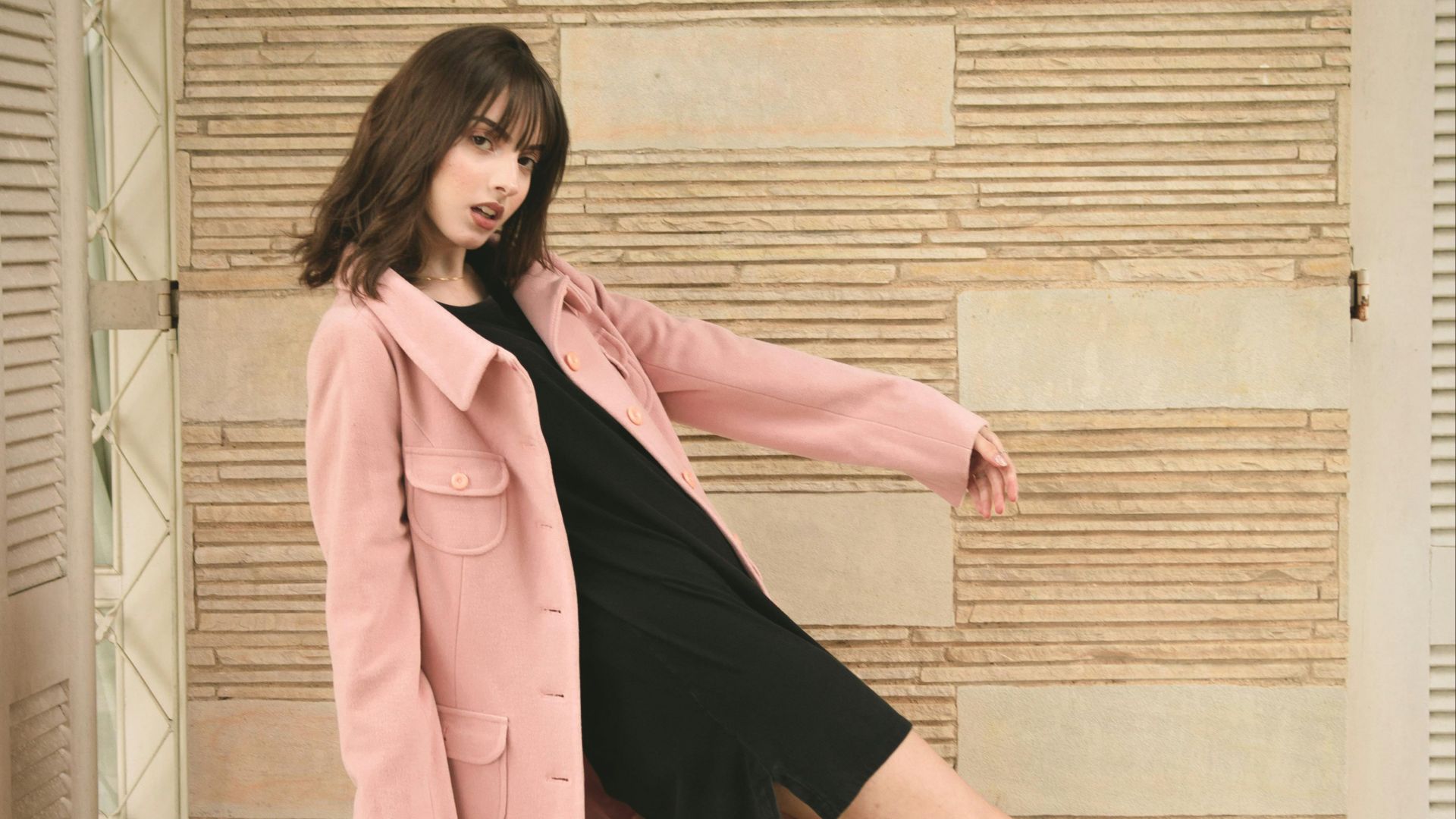Why One-Size Isn’t Truly for All
Clothes are meant to help us express our style and feel confident, but one-size-fits-all pieces often do the exact opposite. Instead, they make us feel like there's a "perfect" or "standard" body, when in reality, bodies come in all shapes and sizes. Trying to squeeze everyone into a single mold can feel discouraging, frustrating, and even harmful to body image. If you’ve ever questioned the hype around "one-size," here are 10 reasons it's problematic, and 10 ways to shop more mindfully instead.
1. Bodies Come in All Shapes & Sizes
Why is one-size-fits-all clothing so problematic? Well, that's because our bodies come in various shapes and sizes, and producing jackets, shirts, and pants that accommodate just "one size" means purposely ignoring this wide, diverse range. Some of us may be shorter, taller, wider, or narrower than average, and the same top will fit on all of us differently.
2. Unrealistic Standards
Making one-size-fits-all clothing also sets unrealistic standards, which can make us feel like we don't belong or that there's something wrong with our bodies if we don't fit into what's offered on the rack. In truth, though, there is no "perfect" standard, and all types of bodies should be celebrated.
3. Perpetuates Unhealthy Beauty Standards
One-size-fits-all clothing also perpetuates unhealthy beauty standards, as if everyone's body should be a certain size, shape, or length. Again, this can make us feel like if we don't fit into this image, there's something wrong with us, and we need to lose—or gain—weight to meet those standards.
4. Damages Confidence
There's nothing more hurtful than stepping into the fitting room and trying on piece after piece that barely fit over our shoulders, chest, or hips. Even if you're normally confident, one-size-fits-all clothing can still damage your self-esteem and make you feel frustrated.
 Julio Rodriguez Zapata on Pexels
Julio Rodriguez Zapata on Pexels
5. Ignores Different Proportions
As mentioned earlier, one-size-fits-all clothing ignores the different proportions that our bodies can come in. Some of us may have longer torsos and shorter legs, and vice versa. Some of us may have wider hips, broader shoulders, thicker calves and thighs. How can all of us fit into the same blouse and pants when we're all uniquely different?
 Antoni Shkraba Studio on Pexels
Antoni Shkraba Studio on Pexels
6. Measurements Differ from Store to Store
Measurements can also differ from store to store, brand to brand. A shop selling one-size-fits-all clothing may have wildly different proportions and range compared to another shop, which only makes it confusing for the buyer.
7. Forces You to Try-On in Store
And because the garments come in one size, you're forced to try them on in store instead of being able to choose your regular size online. If you go in and the items don't fit, it might make you feel like you've wasted your time and effort going there.
8. Makes You Compare Yourself to Others
If you don't fit into a brand's one-size-fits-all clothing but others do, you may start to compare yourself to them, and wonder if you need to change your body in order to meet the "standard." This can further damage your self-esteem and confidence, and may trigger unhealthy mindsets and behaviors.
9. Makes Shopping for Clothes Feel Discouraging
One-size-fits-all clothing can make shopping for clothes feel discouraging, not empowering. After all, if something doesn't fit you like it does on the model, it can feel like you need to "fix" your body—when instead, it's the sizing system that's flawed.
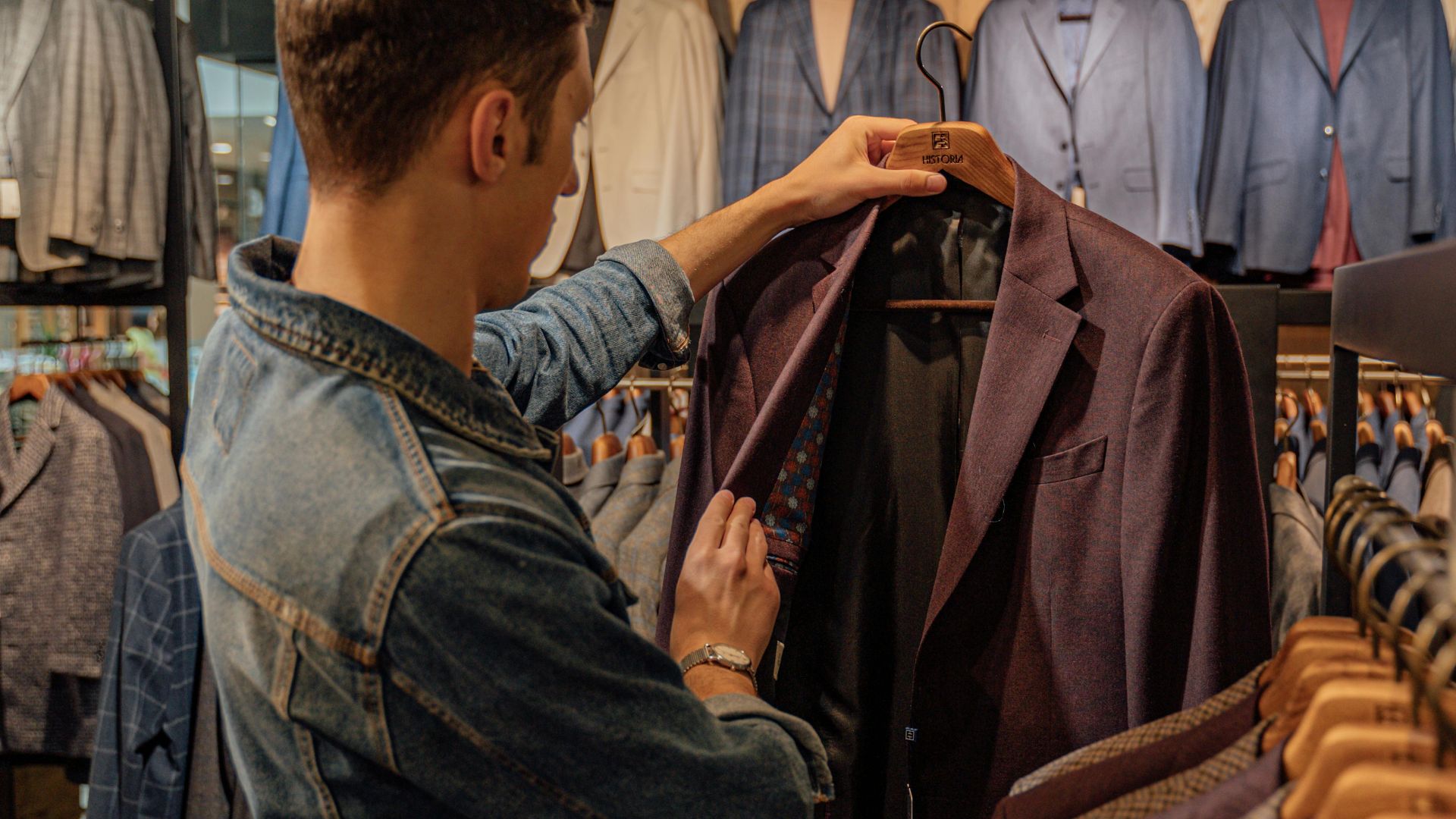 Antoni Shkraba Studio on Pexels
Antoni Shkraba Studio on Pexels
10. Negative Stance on Body Positivity
Another key reason why one-size-fits-all clothing is problematic? It doesn't celebrate body positivity. By suggesting that a single size should work for everyone, it reinforces harmful beauty standards and makes shoppers feel like they need to “fit the clothes” rather than the other way around.
What, then, are some ways to break free from these harmful standards and shop more mindfully? Here are 10 mindset shifts to adopt that may help.
1. Research Inclusive Brands
Instead of letting one-size-fits-all clothing brands take over your mind and forcing yourself to shop at places that don't make you feel good about yourself, do your research and find stores that are inclusive. After all, you don't want to spend money on shops that make you feel discouraged.
2. Read Reviews
Reading reviews may help narrow down your search as well. What have others said about the clothes, the sizing, the value, and the inclusivity? Given better insight, you'll be able to make more informed choices before you add pieces to your cart.
3. Know Your Size & Measurements
It'll also help to know what size you typically wear and what your exact measurements are. One-size-fits-all clothing may be extremely restrictive, but the sizing systems in other, more inclusive stores may still differ wildly. If you have your info handy, it'll make shopping for a new outfit a breeze.
4. Prioritize Comfort
When you're trying on clothes, make sure to prioritize comfort. Bend down, stretch, sit, and leap to see if what you're wearing is worth the money. If you need to sacrifice your comfort in any way, pick a different size or leave the item on the shelf.
5. Find Styles That Suit Your Fashion Sense & Personality
Even if the brands that promote one-size-fits-all offer clothes that are trending or popular, it's important to find styles that suit your taste and personality instead of blindly following the crowd. Celebrate your unique fashion sense and make it a statement!
6. Don't Focus on Labels
When trying on clothes, don't focus on the size labels. Again, you want to wear what makes you comfortable, so even if you need to swap for a bigger or smaller size instead of sticking to your usual one, do it for your body. Don't let this discourage you—remember, sizes and measurements can differ wildly between brands.
 LumenSoft Technologies on Unsplash
LumenSoft Technologies on Unsplash
7. Celebrate Your Shape & Size
Celebrate your shape and size whenever you can. Instead of letting yourself feel frustrated, upset, or discouraged by one-size-fits-all clothing, tell yourself that the message those brands are sending isn't a healthy one. Remember: there is no "perfect" or "standard body."
8. Avoid Places That Don't Encourage Body Positivity
As mentioned, instead of giving thought or business to brands that push out one-size-fits-all clothing, avoid them entirely. Don't pay any mind to places that don't encourage body positivity; actively research and support ones that are inclusive.
9. Wear What Makes You Confident
Just as you should wear what makes you comfortable and pieces that accurately reflect your style and personality, you also want to choose clothes that make you feel confident. Don't just follow popular trends if they don't suit you—be yourself and rock it!
10. Be Kind to Yourself & Your Body
Always remember to be kind to yourself and your body. Brands that promote one-size-fits-all clothing perpetuate this negative message that you should be a certain shape and size, which can trigger unhealthy thoughts and behaviors. But your worth isn’t defined by the size of your jeans or how well a one-size item fits. So, instead of criticizing yourself in the mirror, try practicing kindness toward your body, and don't buy clothes that make you feel like you have to shrink to fit them. When you shift your mindset, shopping can feel a whole lot more empowering.






